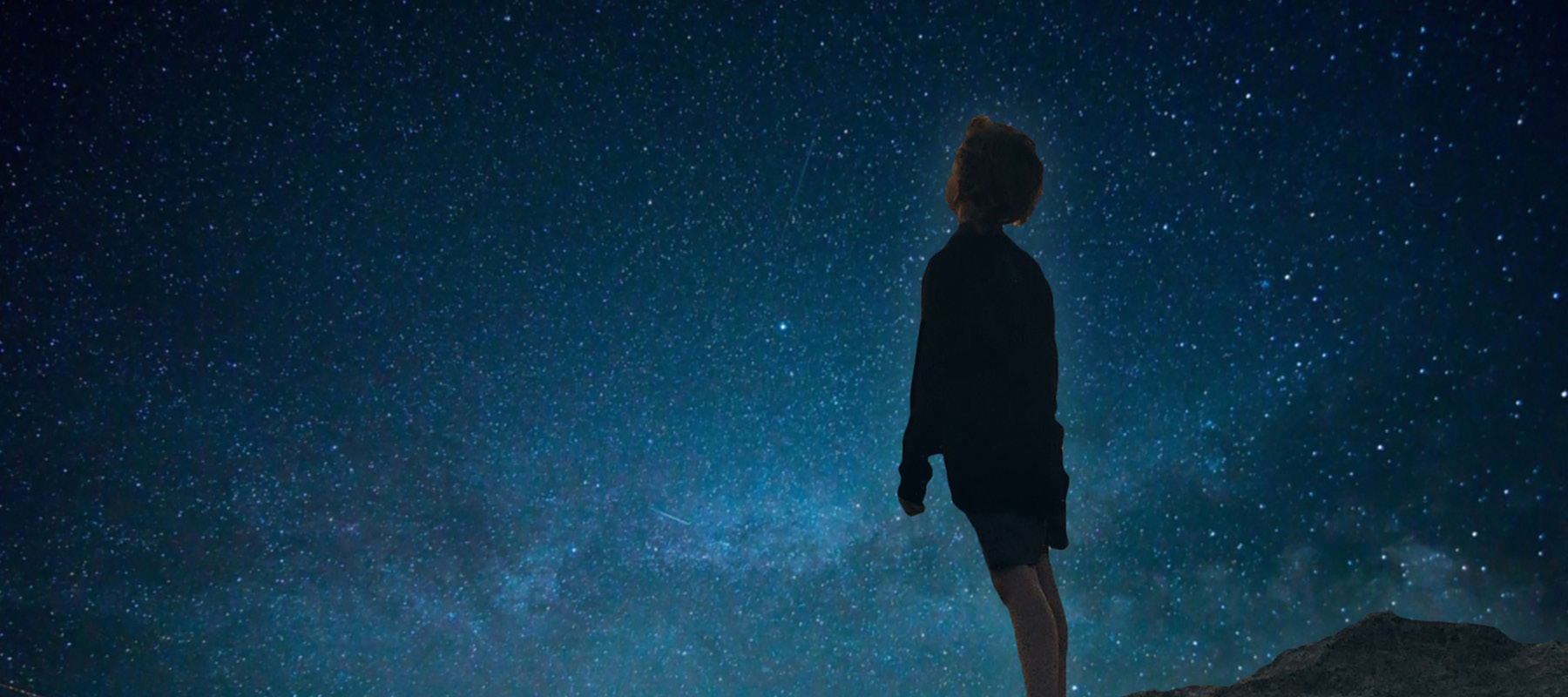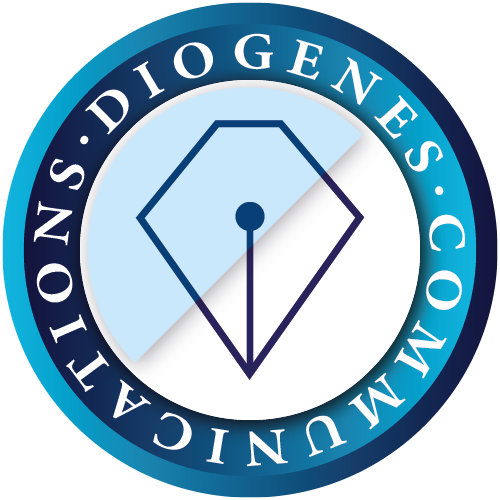Awe and Wonder

It is probably Hollywood’s most enduring movie myth, that when the director of The Greatest Story Ever Told suggested to John Wayne (in a cameo role as the Roman centurion guarding the dying Jesus on the cross) that he deliver the line ‘Truly he was the Son of God’ with a bit more awe, Wayne came back with “Aww, truly he was the Son of God”. The ‘awe and wonder’ moments — it’s a decent working definition of what we mean by spirituality in the curriculum. And there are few things more awesome than gazing up into the heavens on a clear and cloud-free night — which is why the ambition of Scotland’s astronomer royal to give every child a window into the universe is so exciting.
The astrophysicist Professor Catherine Heymans is Scotland’s new astronomer royal. She herself did not even look through a telescope until she worked as a tour guide at Edinburgh’s Royal Observatory to help pay for her education. Now, she says in a Guardian interview, she is hoping to give every child the chance to do so by installing telescopes at Scotland’s residential outdoor learning centres, where children traditionally spend a week in their final year of primary school.
She says she got the idea after her own children returned from a school trip: “The centres are all in these fantastically remote locations, so the skies are really dark. It’s a perfect place to do astronomy, and all our kids, no matter what background they come from, will pass through one of these centres, so what a way to reach everyone.”
England’s national curriculum for science covers ‘Earth and space’ in year 5 (when children are aged 9 and 10). However, the dry language of the document fails to capture the beauty and wonder of the cosmos and its ability to profoundly move us. Richard Dawkins is (as always) word-perfect in his book for young people, The Magic of Reality, when he talks of ‘poetic magic’:
We are moved to tears by a beautiful piece of music and we describe the performance as ‘magical’. We gaze up at the stars on a dark night with no moon and no city lights and, breathless with joy, we say the world is ‘pure magic’. We might use the same word to describe a gorgeous sunset, or an alpine landscape, or a rainbow against a dark sky. In this sense, ‘magical’ simply means deeply moving, exhilarating: something that gives us goose bumps, something that makes us feel more fully alive.
from The Magic of Reality, Richard Dawkins, Chapter 1: What Is Reality? What Is Magic?
Awe and wonder is an essential element of truly inspirational teaching and a truly enriching curriculum. Not every child can escape the city lights. Still fewer will be lucky enough to own their own telescope and to have access to a garden in which to begin their voyage across the vastness of space (though this is a great article from the BBC’s Sky at Night magazine on getting children started with astronomy). That’s why we need ambitious and radical thinking — and the investment to support it — if we are to provide those life-changing ‘light switch’ experiences for children of all backgrounds.
It is brilliant initiatives such as Professor Heymans’ idea of giving every child the chance to peer into the infinite that are key to firing children’s imagination. Who knows where it will lead: we may witness the birth in the coming years of a new galaxy of bright and gleaming stars — scientists, engineers, inventors and the like, leading their respective fields in tackling the immense challenges the world faces, their passion for exploration and discovery triggered by a peek into the Great Unknown on a remote Scottish hillside years earlier.
I blog regularly about education, particularly in relation to children aged 5 to 11, at this website about Life-Based Learning.
Image at the head of this article by Lizeth Lopez from Pixabay.
